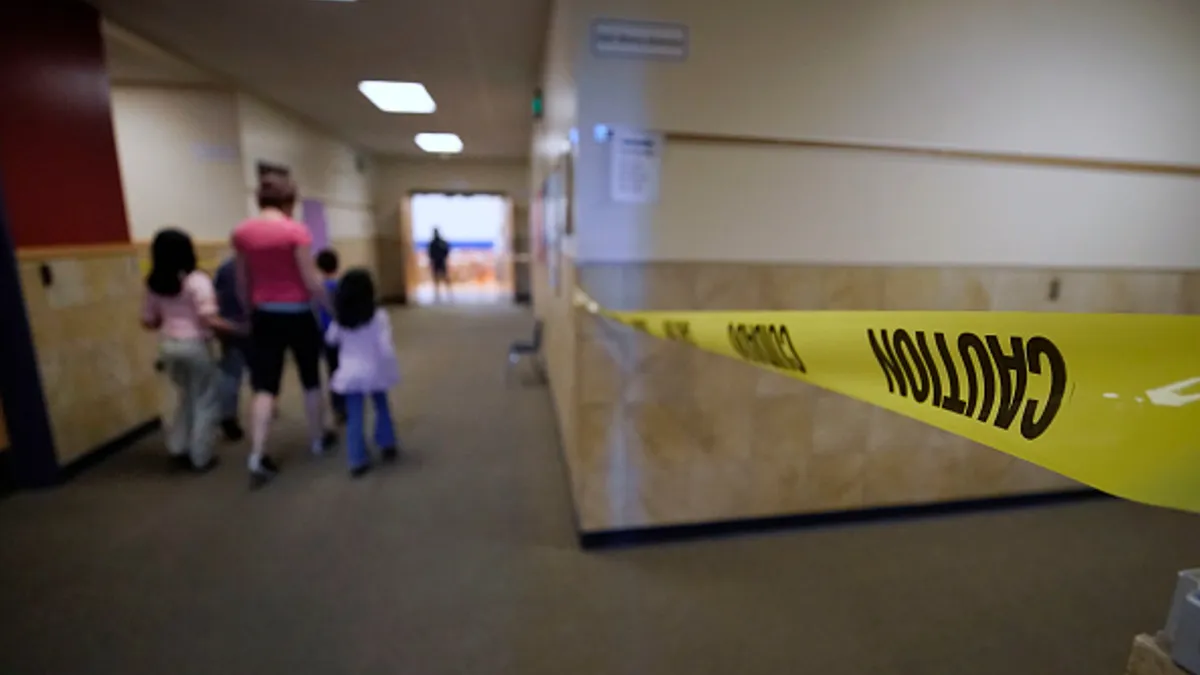The effectiveness of the ESSER money for COVID-19 recovery efforts is difficult to determine because districts were involved in many activities during the pandemic. Additionally, long-term improvements are unknown because not enough time has passed since initial positive effects were noted, according to a report released Wednesday from the U.S. Government Accountability Office.
Republican members of the Senate Health, Education, Labor and Pensions Committee had asked GAO to examine district ESSER spending. Some conservative lawmakers at the federal level have questioned the proper use of the money.
"New GAO report on ESSER funding found it difficult to determine what uses were effective. More research is needed from the field," read a statement posted Wednesday on the Senate HELP Committee GOP page on X.
AASA, The School Superintendents Association released a September report on spending practices from ESSER's allocations from the American Rescue Plan and found most districts directed money toward expanded learning time, including summer programming and after-school activities.
But because districts had various fiscal priorities and approaches for investing the money in different phases, it was difficult to generalize the best practice approaches for the emergency funds, the AASA report said.
GAO's report said education officials from varying states sometimes differed on what they considered was an allowable expense for district-level use of federal COVID-19 emergency funds for schools. Directives from state legislatures also influenced spending practices.
The variety in approval procedures for spending requests for the Elementary and Secondary School Emergency Relief funds meant that proposals denied outright in some states may have been granted in others.
Congress allocated nearly $190 billion in ESSER funds and districts generally had broad flexibility to spend the funds to respond to pandemic-related recovery efforts.
GAO researchers — who focused on the 2020-21 and 2021-22 school years — found multiple national, state and district-level factors that influenced varying ESSER spending decisions in the 17 school districts in six states that they studied.
For example, state officials from Florida, Michigan, Pennsylvania and Texas told GAO researchers that proposals to renovate or upgrade athletic fields, stadiums or tracks were denied because school districts could not justify that those improvements were necessary to respond to the pandemic. California, on the other hand, approved proposals when districts justified the expense through data showing students’ academic and behavioral outcomes.
In some cases, state policies influenced local level spending practices. New York and Texas district officials told GAO that they used initial ESSER funds to replace lost state funding and maintain basic operations after legislatures in those states used ESSER money to replace state education funding to districts.
Likewise, local level spending practices were swayed by community input, districts’ spending philosophy, and through specific financial needs and goals. Other situations, such as supply chain problems and difficulty finding staff and service providers, also hampered spending plans.
Officials from 16 of 17 districts told GAO they were analyzing the impacts of their ESSER spending, with many saying they were using academic performance data to measure effectiveness of programs like tutoring and summer school. Most districts — 14 of the 17 — said they planned to sustain at least one ESSER-funded initiative even when COVID money expires.






 Dive Awards
Dive Awards







